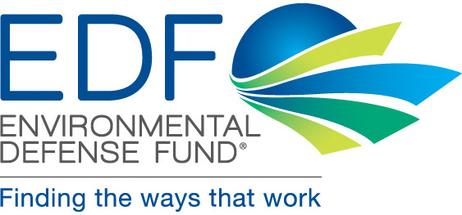 The San Joaquin Valley, California’s largest agricultural region and an important contributor to the nation’s food supply, is on the brink of a major transition as it seeks to balance its groundwater accounts.
The San Joaquin Valley, California’s largest agricultural region and an important contributor to the nation’s food supply, is on the brink of a major transition as it seeks to balance its groundwater accounts.
Implementing the state’s Sustainable Groundwater Management Act—which requires overdrafted groundwater basins to achieve balance between supply and demand by the 2040s—will bring great change to the valley’s agricultural sector, regional land use, and the local economy.
The pace of groundwater pumping accelerated during the 2012–16 drought. Over the past three decades, the valley’s annual groundwater deficit has averaged nearly 2 million acre-feet—or about one Don Pedro Reservoir’s worth of water a year.
Only about a quarter of this deficit can be filled with new supplies at prices farmers can afford. Ending overdraft could require taking at least 500,000 acres of irrigated cropland out of production.
These are among the key findings of a report released today by the PPIC Water Policy Center.
The new report breaks the issues into three key areas and presents priority actions for tackling them: balancing water supply and demand, addressing groundwater quality challenges, and fostering beneficial solutions to water and landuse transitions.
“The large and complex scope of the changes coming to the valley will require cooperative solutions that bring multiple benefits and get more ‘pop per drop’ from scarce water supplies,” said Ellen Hanak, director of the PPIC Water Policy Center and a coauthor of the report.
One promising solution is to increase water trading, which can significantly reduce the impacts of ending groundwater overdraft by allowing farmers to maintain the crops that generate the most revenue and jobs. If farmers can freely trade water within their basin, it will reduce the costs of this transition by nearly half. And if they can also trade more broadly across the region, it will cut their costs by nearly two-thirds.
In addition to water shortages, the valley must respond to serious water quality problems. More than 100 rural communities have persistently contaminated tap water. Valley farmers must also meet new requirements for protecting groundwater from the buildup of nitrate and salts. The most promising tool for augmenting supplies—groundwater recharge—poses some tradeoffs with water quality goals if not managed properly.
“The solutions to the valley’s water quality problems don’t fall neatly into traditional political and institutional boundaries―and with 120 new groundwater agencies, it’s gotten even more complex,” said Sarge Green, a coauthor of the report and director of the Center for Irrigation Technology at Fresno State. “Many players will need to be involved in devising long-term solutions to these complex problems.”
The lands fallowed to achieve groundwater balance could be converted to uses such as solar energy, groundwater recharge, and restored habitat. Getting the greatest benefit from idled lands will require new levels of planning and cooperation.
Governor Newsom focused on the valley’s groundwater, water quality, and poverty problems in his recent State of the State speech and included funds to address safe drinking water problems in his first budget.
The PPIC report recommends key areas where state leadership could help—including providing clarity on how much water is available for recharge, establishing a reliable funding source for safe drinking water challenges, and supporting broad planning processes, among others.
“Leadership from state and federal partners will be critical,” said Hanak. “But the valley’s future is in the hands of its residents. The stakes are high—but the costs of inaction are higher.”
The report, Water and the Future of the San Joaquin Valley, was supported with funding from the S. D. Bechtel, Jr. Foundation, the TomKat Foundation, the US Department of Agriculture, the US Environmental Protection Agency, and the Water Foundation. In addition to Hanak and Green, it was authored by Alvar Escriva-Bou, a research fellow at the PPIC Water Policy Center; Brian Gray, a senior fellow at the PPIC Water Policy Center; Thomas Harter, the Robert M. Hagan Endowed Chair in Water Management and Policy at UC Davis; Jelena Jezdimirovic, a research associate at the PPIC Water Policy Center; Jay Lund, director of the Center for Watershed Sciences at UC Davis; Josué Medellín-Azuara, associate professor at UC Merced; Peter Moyle, associate director of the Center for Watershed Sciences at UC Davis; and Nathaniel Seavy, a research director at Point Blue Conservation Science. A public event on the report’s findings will take place at Fresno State on February 22.




